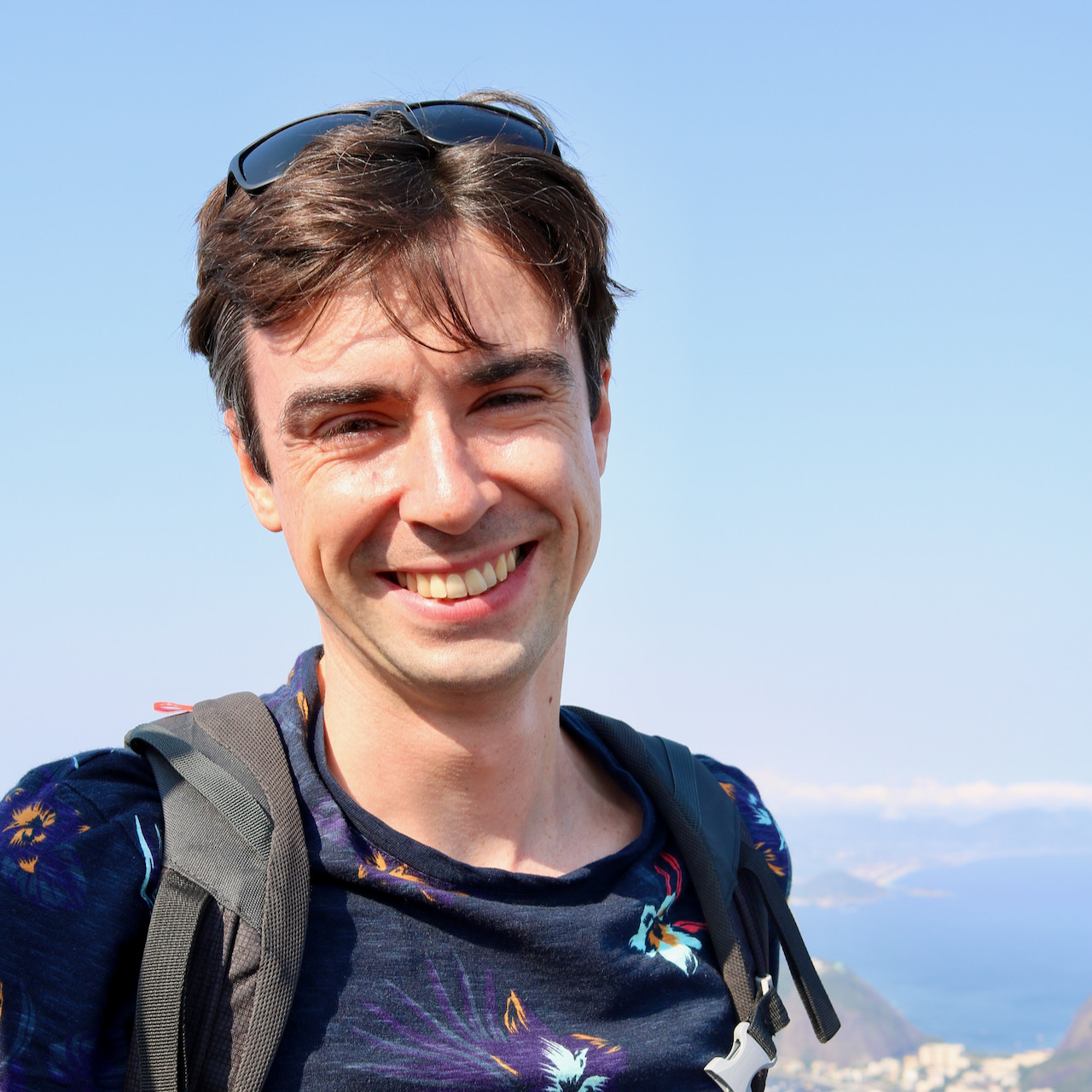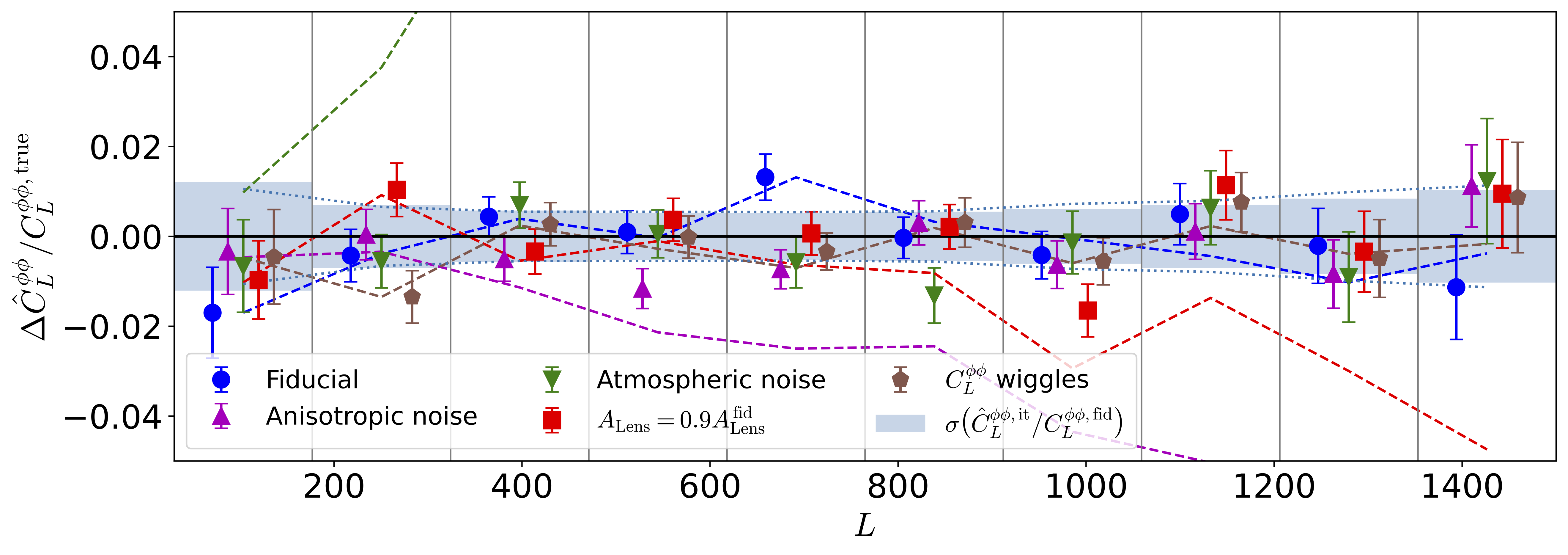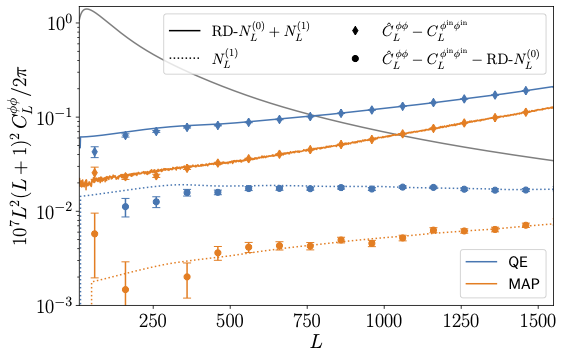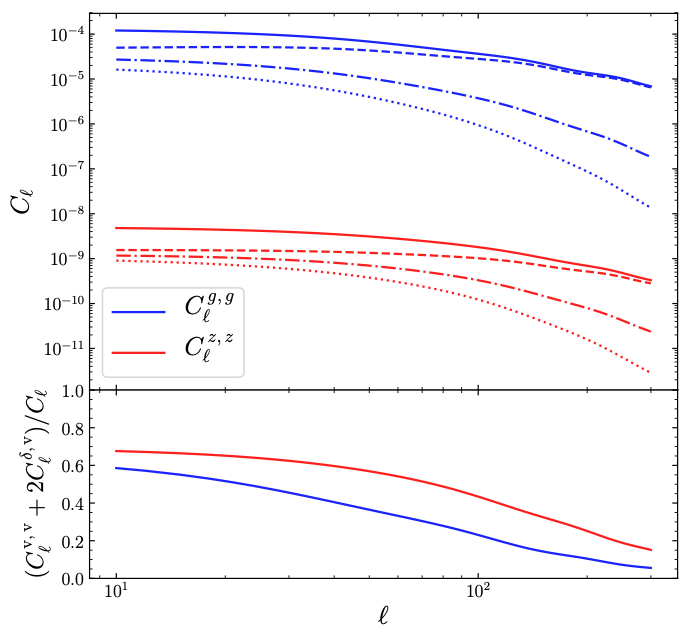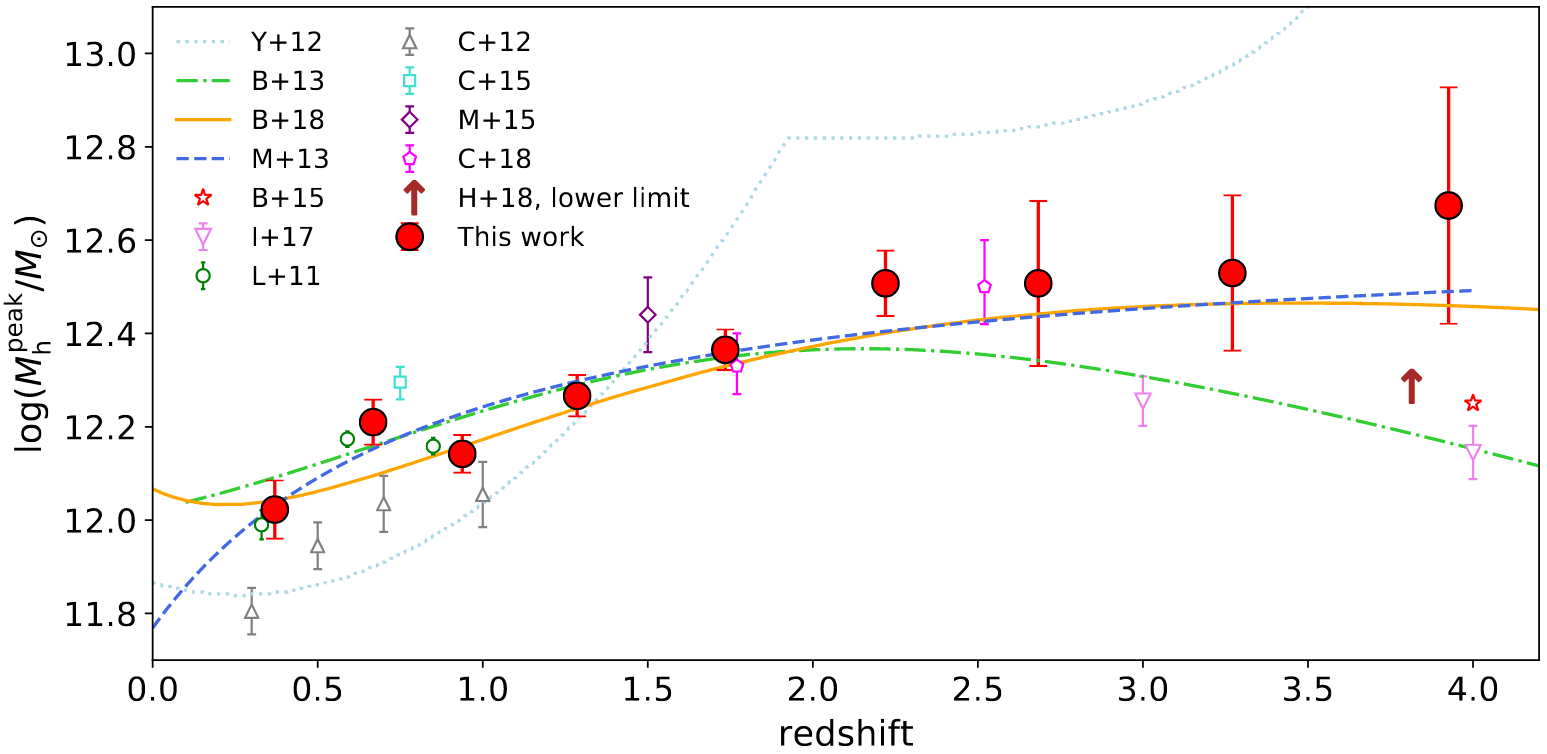About me
I am a researcher in cosmology based in the CBPF in Rio de Janeiro. Previously, I was a Postdoc at the University of Cambridge, supported by a Swiss Postdoc Mobility fellowship. Prior to this I did a Postdoc at the ICTP-SAIFR in São Paulo, and at the University of Geneva.
My research is driven by the quest to understand the content and evolution of the Universe, the value of the mass of the neutrinos and the nature of the accelerated expansion of the Universe. To do this, I study the large-scale distribution of matter using a variety of cosmological probes.
I currently focus on the gravitational lensing of the Cosmic Microwave Background (CMB), which encodes an integrated map of the matter distribution from us to the last scattering surface. I develop optimal estimators and analysis tools for reconstructing this lensing signal in upcoming CMB experiments, with the goal of extracting precise cosmological information.
I am also actively involved in combining CMB lensing with other tracers of large-scale structure, such as galaxy clustering and weak lensing from the Euclid mission.
